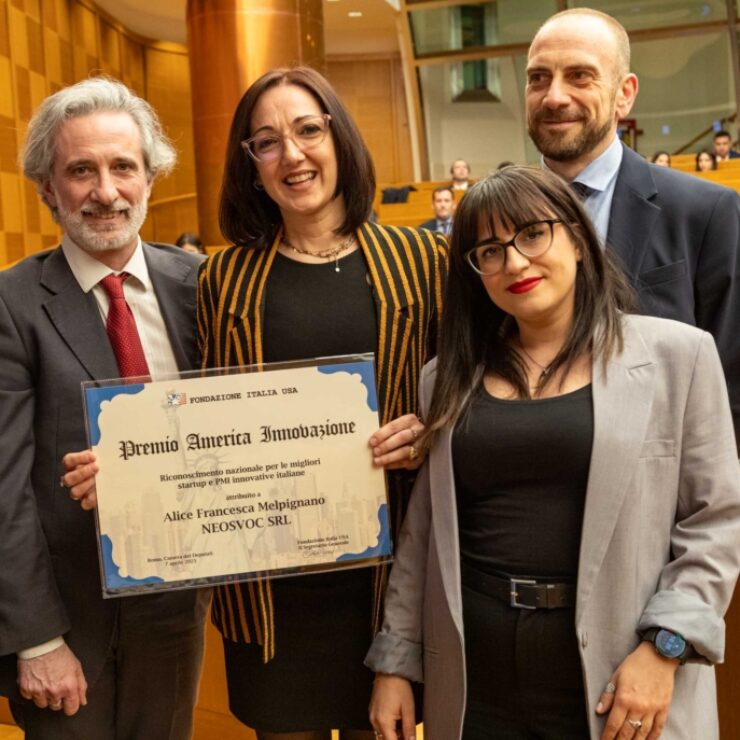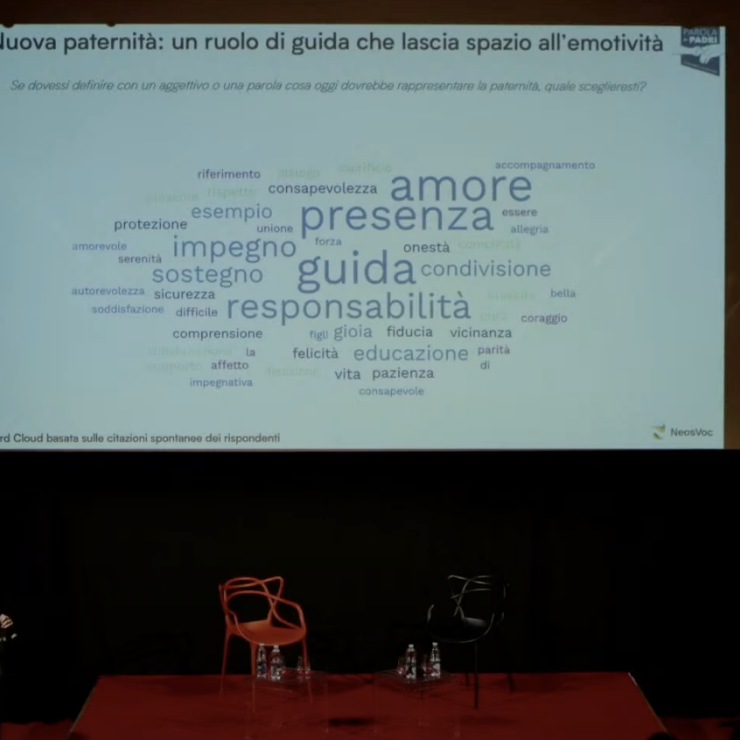Digital tourism refers to the use of digital technologies and platforms in the tourism sector to enhance various aspects of the traveler experience. This includes how travelers research destinations, book accommodations, interact with local services, and engage with tourist attractions and experiences.
Before delving into the topic, a premise is necessary.
In the tourism sector, more than in other sectors, digital innovation has radically changed the habits and needs of customers, their way of gathering information, interacting with offers, and experiencing holiday destinations.
In a hyperconnected world where technology and digital tools are integral to daily life, it’s natural to extend these habits and expectations to vacation experiences: from researching destinations to booking methods, and from expected services within accommodations. This transformation impacts both the tourists’ journey and the ecosystem they are involved in. After all, the tourist is simply an individual, a real person: someone who uses digital tools for various activities, from gathering information to staying in touch with others.
So, the key questions are: what are the guests’ expectations once they arrive at the property? What services are they expecting? What technologies are part of their daily lives? What aspects are considered digital commodities that cannot be missing from a vacation experience? How should the hospitality offering change to meet the needs and align them with the desires of its guests?
Therefore, digital is the keystone of a tourism that aligns demand and supply on a series of themes, central for both—and crucial when discussing business optimization.
But what are the main themes of demand and supply, and where do they intersect? Let’s explore some of them.
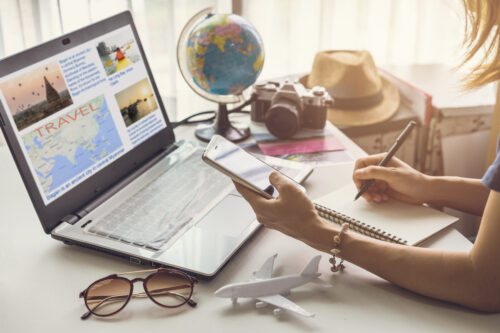
The Neverending Tourism
For tourists, the vacation starts long before the journey and ends long after: it’s the neverending tourism, a term coined by the Digital Innovation Observatory in Tourism at PoliMi and now firmly embedded in industry jargon.
For operators, neverending tourism is a powerful marketing enabler because it represents a customer journey aimed at creating a continuous experiential continuum before, during, and after the trip. Through online content (virtual tours of museums and cities, e-commerce platforms to purchase local artisan products, and so on), the bond between operator and customer is strengthened, extending beyond the vacation experience and adding stages and touch points to the traditional journey.
From the tourist’s perspective, neverending tourism has a much more daily and familiar sense. A vacation begins when it is imagined and organized and does not end with the return home. The experience—the during—is crucial not only because it confirms the validity of the choice made but also because it is where the “historical” experience, the one of memory, is built.
This moment of memory, which we know is the part we will truly keep: after a temporal and emotional distance from the vacation experience we are undergoing, we are clearer and more capable of forming a judgment on the experience itself, which will bring us the desire to repeat it or modify it. There is a profound and perhaps unconscious understanding of the importance of this part of the experience: even in times past (before social media and smartphones, in short), photos and videos of the vacation were a must for everyone.
Cultivating the memory of the vacation means many things for the tourist/traveler and for the operator. The most important of which is leaving an open door, a channel of connection that lasts over time. It is up to the operator then to ensure that this channel connects the traveler not only to the territory where the vacation took place but also to the accommodation facility.

Attention to the environment and sustainability
Starting from 2021, 94% of accommodations have implemented actions to enhance sustainability, using sustainable materials, products, and energy sources, or reducing waste. The most exemplary cases are hotels whose foundations are literally based on ecological choices: constructed with natural or eco-friendly materials, heated using passive climate control solutions, and everything from furnishings to guest services, food, and waste management is environmentally low-impact.
From the demand perspective, the issue goes beyond functional interventions. It becomes more complex because, beyond choosing suitable accommodations, sustainability itself constitutes a way of traveling and spending holidays that charts new paths (in which, however, it’s difficult not to see the signs of the experiences of recent years).
Environmental awareness manifests in different travel and holiday behaviors seemingly unrelated to each other. These range from local tourism to the slow approach, from transport choices to regenerative tourism (where, as per the New York Times, it’s about “leaving a place better than you found it”), to solidarity experiences and outdoor tourism.
At the core of everything are two strong pillars: awareness of the need to safeguard the environment and habits acquired at home. After all, home has been the preferred place to stay for long periods during various waves of the pandemic. In this beloved and sometimes hated place, many habits have solidified and become indispensable behaviors—even on vacation. It’s unacceptable for the place or structure where we are guests not to adhere to at least the ABCs of these virtuous behaviors, now standard.
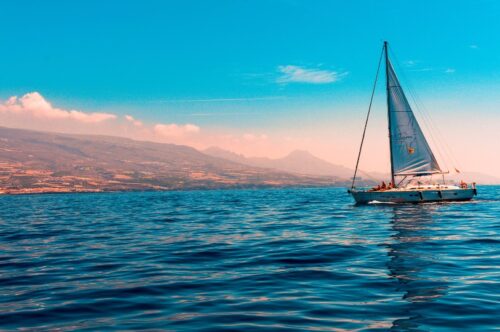
Accessible tourism
According to a Eurostat study, the potential demand for Accessible Tourism is estimated at around 127.5 million people (46 million with some form of disability, plus approximately 81 million over the age of 65), and Istat predicts a 70% increase in travelers with disabilities by 2035.
However, when discussing accessible tourism, it’s not just about removing barriers, but also about creating a culture of accessibility that helps to reduce errors and make these reductions truly usable.
Firstly, it’s important to note that accessible tourism is aimed not only at people with physical disabilities but also at the broader spectrum of needs, including people without obvious and identifiable disabilities. Alongside those with motor, sensory, or cognitive disabilities and individuals with autism, users such as obese individuals, seniors, families with children, pregnant women, and those with specific dietary needs (for physical or cultural reasons) should also be considered.
Accessible Tourism, therefore, can be defined as “the set of services and structures capable of allowing people with special needs to enjoy vacations and leisure time in a fulfilling manner, without obstacles or difficulties, and therefore in conditions of autonomy, safety, and comfort, with dignity and according to the principle of equality” (Source: italiaccessibile).
Key tools available to operators in this sector include the Manifesto for the Promotion of Accessible Tourism, Accessible is Better, the first white paper on accessible tourism, and the Lilla Flag: a project launched in 2012 to promote municipalities that facilitate accessible tourism.
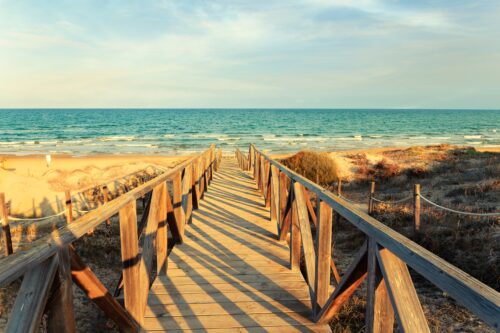
With only 45 Lilla flags out of over 8000 municipalities, Italy doesn’t prove to be particularly accessible. This is still a low number considering that there are 3.1 million people living with disabilities in Italy alone. Presumably, many of these individuals wish to enjoy a tourist or traveler experience. It’s a world in which few operators have ventured, and where a deeper understanding of customers could make a big difference.

